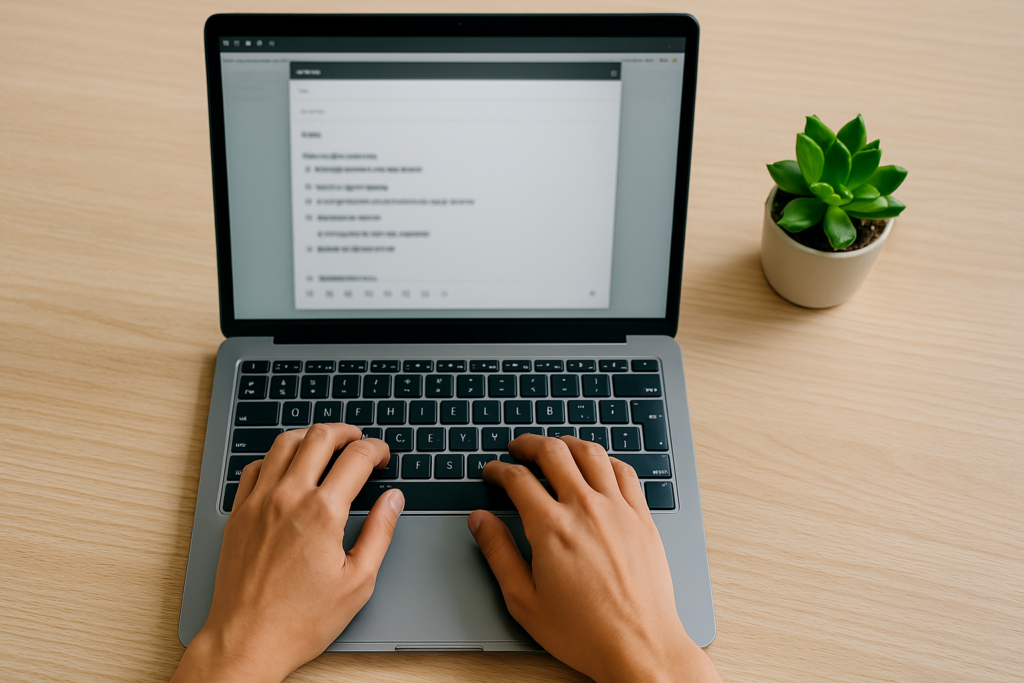
Open your inbox. How many unread messages? How many did you glance at and immediately archive, thinking “too long,” “unclear,” or “not relevant to me”? We’re drowning in digital communication, and poorly crafted emails are major contributors to the overwhelm. They waste time, cause confusion, and can even damage professional relationships.
Think about it: an email is a direct line to someone’s attention, a valuable resource. Using it effectively isn’t just about etiquette; it’s about respect for the recipient’s time and ensuring your own message achieves its purpose. It’s about finding your Email Zen – communicating with clarity, purpose, and impact.
Why Most Emails Fail
Many emails get ignored or misunderstood because they lack:
- Clarity: Vague subject lines, rambling text, no clear point.
- Conciseness: Unnecessary jargon, overly long paragraphs, burying the lede.
- Actionability: Unclear what the sender wants the recipient to do.
- Appropriate Tone: Coming across as demanding, passive-aggressive, or simply confusing.
Crafting Emails That Cut Through the Noise
Achieving Email Zen requires mindfulness before you hit “send.” Here’s how:
- Nail the Subject Line: Make it specific and informative. Instead of “Meeting,” try “Action Required: Input Needed for Project Alpha Budget by EOD Friday.” The recipient immediately knows the topic, urgency, and if action is needed.
- Get Straight to the Point: State the main purpose of your email in the first sentence or two. Respect their time – don’t make them hunt for the reason you’re writing.
- Keep it Concise & Scannable: Use short paragraphs, bullet points, or numbered lists for key information or actions. Bold key deadlines or questions. Assume your reader is skimming – make it easy for them.
- One Main Goal Per Email: If you need to discuss multiple unrelated topics, consider separate emails. Combining too much increases the chance things get missed.
- Clear Call to Action: What do you need the recipient to do? Reply? Review a document? Attend a meeting? Be explicit. “Please review the attached document and provide feedback by Tuesday” is much clearer than “Let me know what you think.”
- Mind Your Tone: Read your email aloud before sending. Does it sound polite? Professional? Collaborative? Avoid ambiguity, excessive exclamation points, or ALL CAPS. Consider if a quick call might be better for sensitive topics where tone is crucial.
- Proofread. Always. Typos and grammatical errors undermine your credibility and can obscure your message. A quick re-read catches most mistakes.
More Than Just Efficiency
Writing effective emails isn’t just about getting faster responses. It demonstrates professionalism, shows respect for others, reduces misunderstandings, and ultimately saves everyone time and mental energy. It contributes to smoother collaboration and a clearer flow of information – essential for achieving individual and team Clarity of Mind.
Before you send your next email, take a breath. Ask yourself: Is it clear? Is it concise? Is it actionable? Is it respectful? A little Email Zen goes a long way.
Avyukt Coaching supports professionals, particularly women and young adults, in honing communication skills critical for success. Learn how we can help you communicate with greater clarity and impact.

Leave a Reply